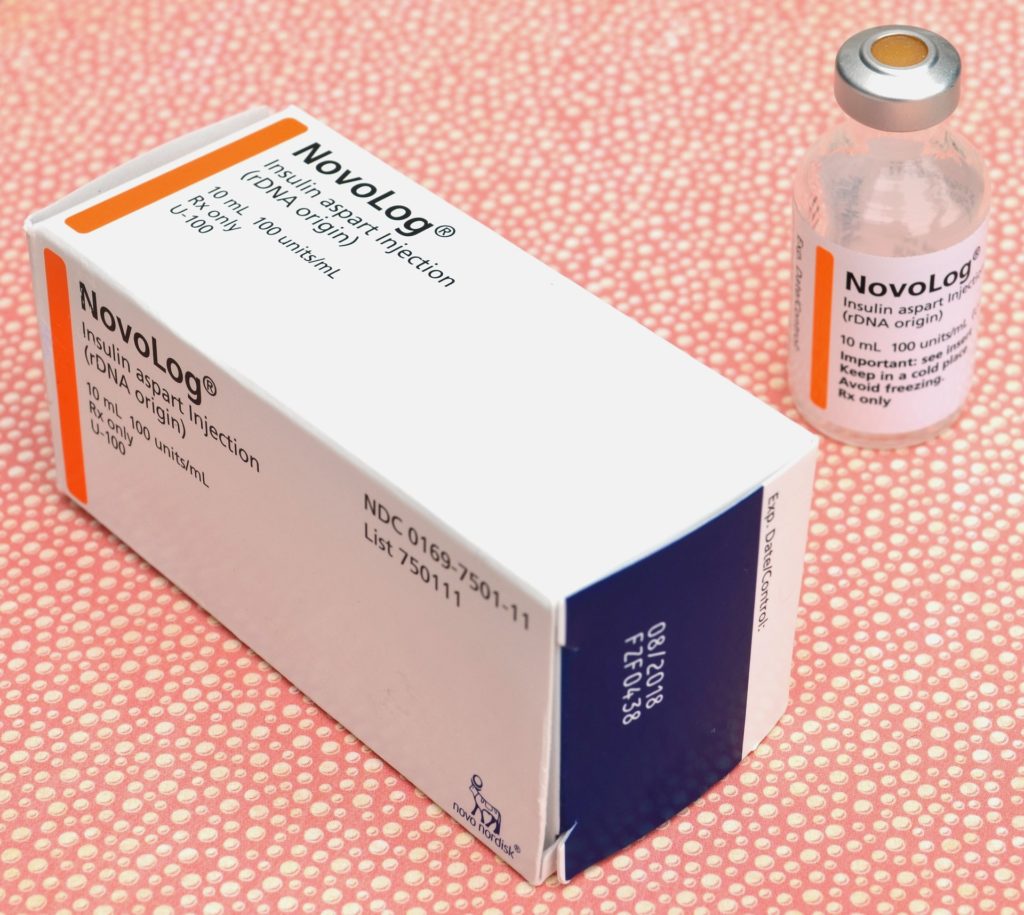
Although diabetes is a common condition, no cure exists yet. Current therapies can manage blood sugar levels, but they do not address insulin resistance. But now, recent research reported in ACS Nano shows that targeting certain highly reactive molecules in the liver can reverse insulin resistance in human liver cells and diabetic mice, providing a pathway toward a more long-lasting treatment.
Type 2 diabetes occurs when the body is no longer sensitive to insulin, which regulates blood sugar. Currently, no cure exists, and available treatments focus on managing symptoms and blood sugar levels. Some research has suggested that insulin resistance could be caused by reactive oxygen species (ROS), which are highly unstable, oxygen-based molecules primarily produced by the mitochondria, or the “powerhouses of the cell.” A class of drugs known as mitochondrial uncouplers could help inhibit ROS production at its source, rather than merely cleaning up what’s already been made, as conventional, antioxidant-based treatments do. Ultrasmall platinum nanoparticles are another highly efficient ROS scavenger, though their small size causes them to be cleared from the liver too quickly. But, by combining these two strategies into an all-in-one system, a highly effective and long-lasting treatment platform could be created. So, Jingjing Yang, Shaochun Tang, Yujun Song and colleagues wanted to design such a system, using biodegradable “nanoscavengers” that could potentially restore insulin sensitivity and treat type 2 diabetes.
To build the nanoscavengers, the team coated a template with platinum nanoparticles and a layer of silica. Then, the template was removed to form hollow shells, which were loaded with a mitochondrial uncoupler and coated with a lipid bilayer. When mixed with two ROS, hydrogen peroxide (H2O2) and superoxide (O2–), the system reduced them to water and molecular oxygen. In experiments using human liver cells with induced type 2 diabetes, the nanoscavengers continued to clean up ROS, as well as increase glucose uptake, suggesting that the cells’ insulin sensitivity was restored. The researchers then injected nanoscavengers intravenously into a diabetic mouse model. The constructs migrated to the liver, reducing the amount of fat present, restoring normal cellular function and returning blood glucose levels to normal. Symptoms of diabetic nephropathy were reversed nearly completely. The mice showed no signs of body weight changes or damage to their tissues or organs. The researchers say that this work could provide an effective strategy for long-term treatment of diabetes and other metabolic diseases.